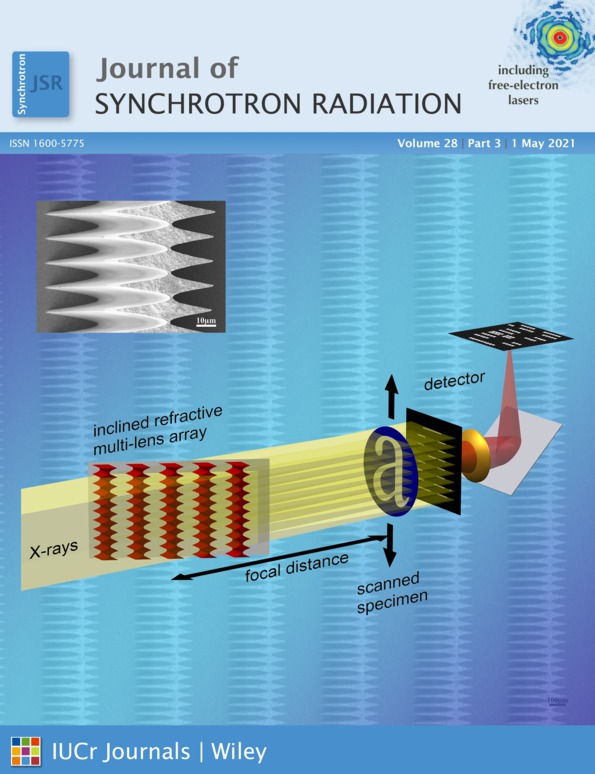Analysis of partially coherent light propagation through the soft X-ray interference lithography beamline at SSRF
Abstract
The mutual optical intensity (MOI) model is extended to the simulation of the interference pattern produced by extreme ultraviolet lithography with partially coherent light. The partially coherent X-ray propagation through the BL08U1B beamline at Shanghai Synchrotron Radiation Facility is analysed using the MOI model and SRW (Synchrotron Radiation Workshop) method. The fringe intensity at the exposure area is not uniform but has similar envelope lines to Fresnel diffraction, which is explained by the diffraction from the finite grating modelled as a single aperture. By balancing the slit size and photon stop size, the fringe visibility, photon flux and intensity slope can be optimized. Further analysis shows that the effect of pink light on the aerial images is negligible, whereas the third-harmonic light should be considered to obtain a balance between high fringe visibility and high flux. Two grating interference exposure experiments were performed in the BL08U1B beamline. The aerial image depth showed that the polymethyl methacrylate photoresist depth was determined by the X-ray coherence properties.




